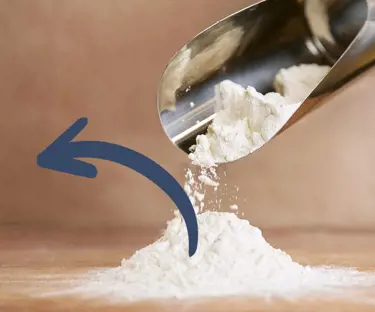By Professor Luc van Loon, Maastricht University Medical Centre
Dietary protein and the fundamentals of muscle protein synthesis
When explaining the basics of protein and its relevance to muscle tissue, I like to emphasize that all of our tissues, including skeletal muscle – the primary focus of my laboratory’s research – is constantly being synthesized and broken down again as part of a cyclical process. This means that a muscle may be completely renewed in as little as two months, a process that involves both new and recycled amino acids.
From an external point of view, this cycle of renewal is constantly prompted by two main anabolic (muscle-promoting) stimuli: food intake and physical activity. By food intake, I mean essential amino acids derived from dietary protein. As soon as you eat or drink something containing proteins, amino acids flood into your circulatory system, stimulating skeletal muscle protein synthesis. Some of these amino acids, such as leucine, are particularly strong in driving this anabolic response to food intake.
Influencing muscle synthesis
So how can we modulate this response? How can we influence the stimulation of muscle protein synthesis following the intake of food? One way, of course, is to vary the amount and type of dietary protein. Another is to vary the other main anabolic stimulus: the amount of physical activity that precedes and/or follows protein ingestion. Doing so has an effect on what happens to proteins you have recently ingested, as well as proteins you digest after performing the activity. So, if you exercise today, your body’s response to breakfast tomorrow will be greater, too. And this post-prandial (after eating) increase in muscle protein synthesis rate has been shown to be further increased when physical activity is performed in the day(s) preceding food intake.
Once you have understood these basic principles, then the often-heard statement “you are what you eat” starts to make a lot more sense. Just two hours after dinner, a large portion of protein from the meal will have been converted into the new you!
Which proteins?
In our efforts to enhance and control muscle synthesis through food intake, we can vary both the type and amount of protein ingested. With intense exercise, increasing the amount of protein is likely to be necessary to stimulate greater synthesis – either to maintain muscle mass or to increase it. Perhaps more interesting, in the context of this blog post, is the choice of protein. So far, studies have shown that ingesting 20 grams of a high-quality protein after exercise is sufficient to maximize muscle protein synthesis rates for up to several hours of post-exercise recovery in healthy, young athletes.
There also seem to be differences in the anabolic properties of different protein sources. The capacity of a protein to stimulate muscle protein synthesis seems to depend both on its digestibility and the amino acid composition. Proteins with a high essential amino acid content, that are rapidly digested, and have a high leucine content tend to show greater muscle protein synthetic responses. And this explains why whey protein has been often been shown to stimulate muscle protein synthesis rates to a greater extent than other proteins.
Efficient nutrition
Key to understanding the suitability of whey protein for sports nutrition, for example, is the fact that a relatively small amount of whey protein can induce a relatively strong anabolic response. So athletes can ingest relative small amounts of whey protein and still maximize post-exercise reconditioning. This compact functionality can be useful for the rest of us sports hobbyists, too, as well as for more clinically compromised patient groups.
There is, of course, much more to the story of muscle protein synthesis and dietary protein’s influence upon it. Research into basal muscle protein synthesis continues to reveal more of that story, but the bottom line is already clear: While protein intake could be considered a vital first step in stimulating muscle protein synthesis, maintaining a balanced cycle of muscle breakdown and synthesis is dependent on a combination of sufficient, appropriate dietary protein and ample, habitual physical activity – especially in aging populations.
This blog contains material and information intended for B2B customers, suppliers and distributors, and is not intended as information to the final consumers.


